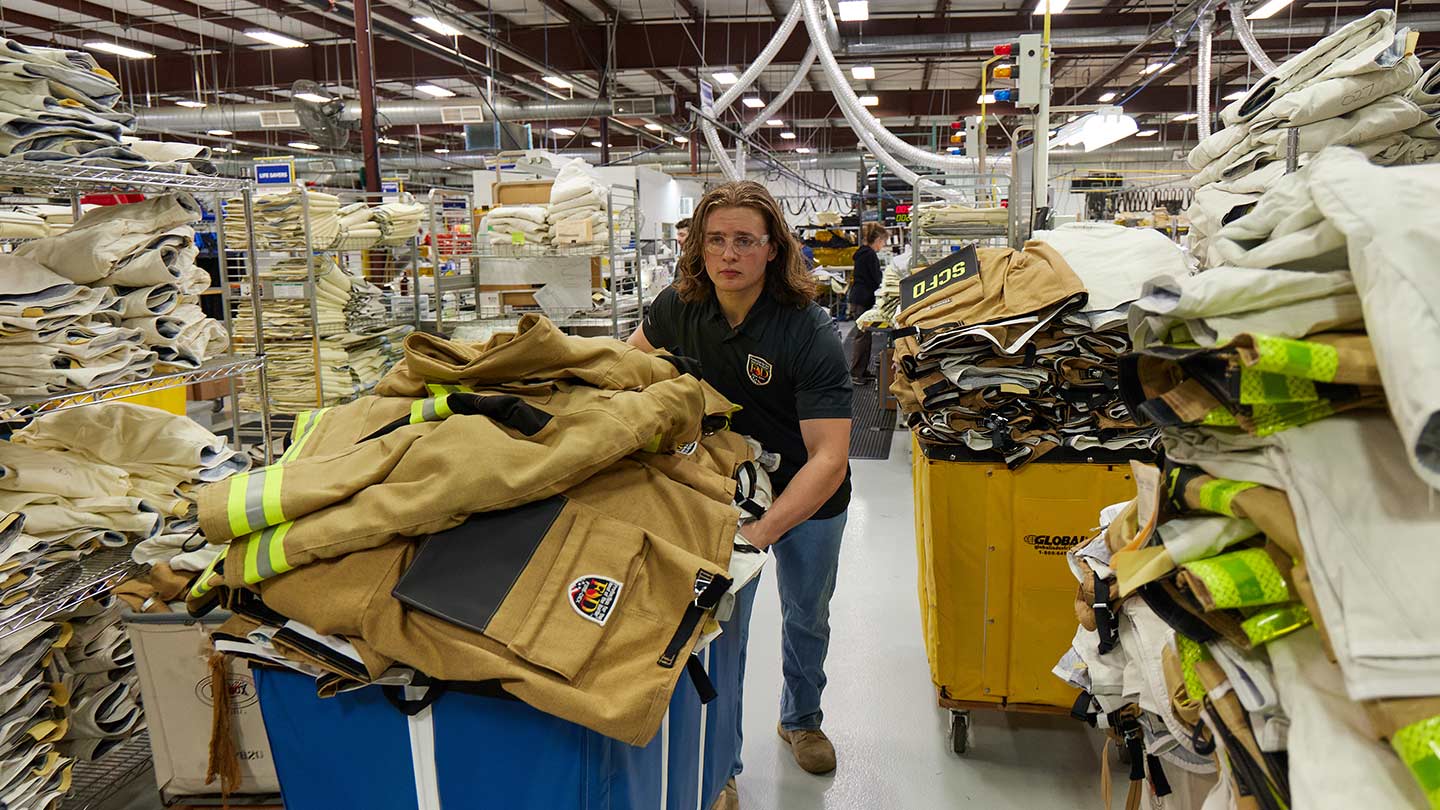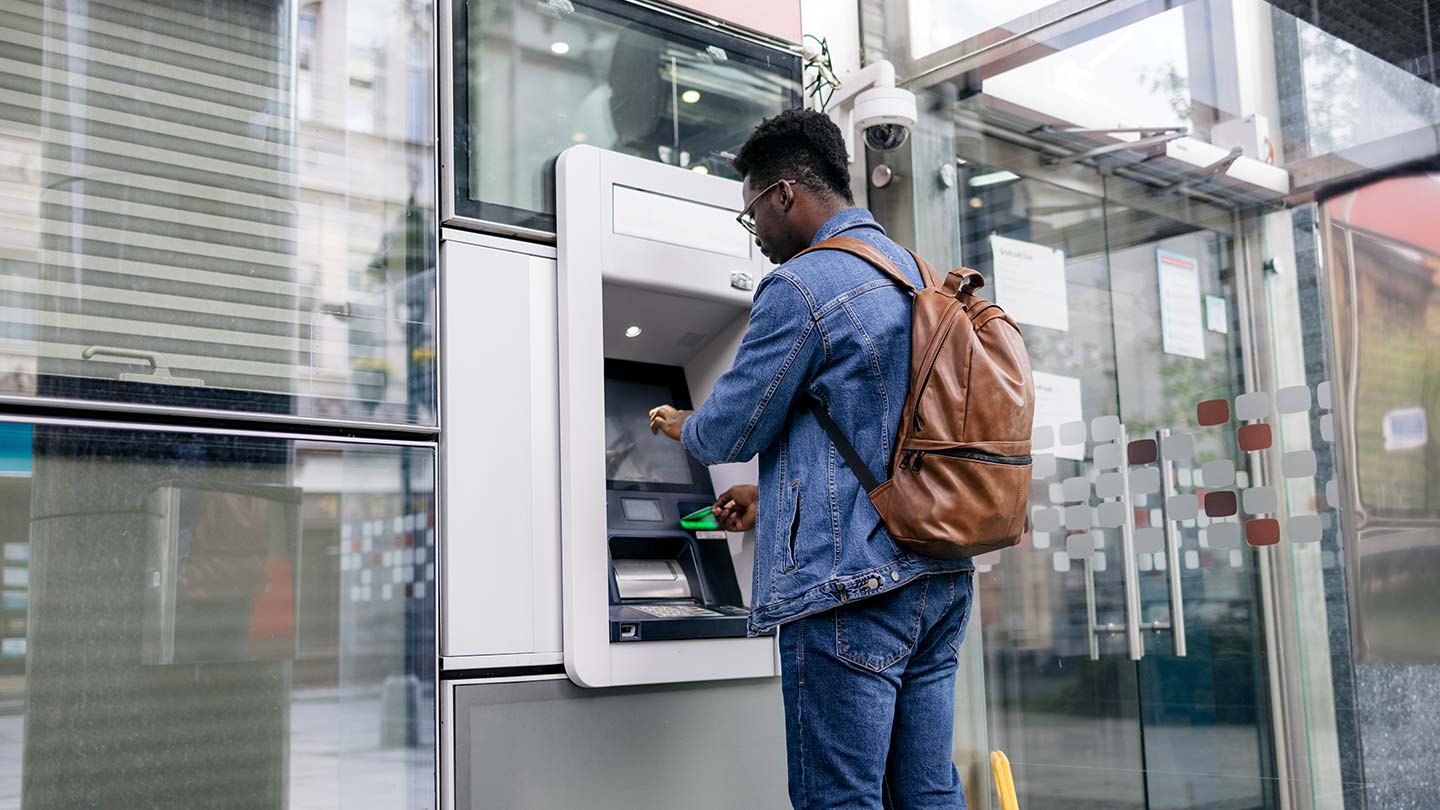Americans have saved a bundle at the pump since gas prices began to plunge in the middle of last year. So did households tuck the money away, pay down debt or splurge?
New research, based on examining the spending patterns of millions of consumers, found that households were quick to spend most of the benefits from cheaper gasoline. The study finds Americans were far less cautious than previously thought in spending their extra cash.
“Consumers report that they are using their gains at the pump to pay down debts and save. Our data show they are spending most of them,” the J.P. MorganChase Institute study said.
Individuals spent 78 cents of every dollar saved on gasoline, with about 18% of that going to eating out and 10% to groceries, according to the study. Other big categories included entertainment, electronics and appliances, and charitable donations.
The findings run counter to earlier studies and conventional wisdom, which interpreted soft overall consumer spending and a rising personal saving rate earlier this year as evidence that households were pocketing their windfall from lower gasoline prices. U.S.retail and food service sales, for example, fell in December, January and February and were flat in April and June, according to Commerce Department data.
The narrative of a cautious consumer–perhaps waiting to make sure gas prices would stay low–flummoxed many economists and confounded expectations for an economic lift from a sharp dive in crude oil prices that has translated into savings at the pump. TheEnergy Information Administration estimates the average household will save $700 on gasoline this year due to lower prices.
The J.P. Morgan study sifts through data from 25.6 million holders of Chase credit or debit cards, allowing a more detailed look at spending habits from near the end of 2013, when gasoline prices were high, to early 2015, when they had bottomed out.




